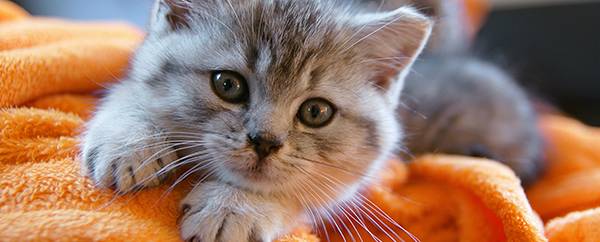Pets for children, what responsibilities can we give them?
¡Mummy, I want a dog! Or a cat, or a turtle, or a ferret... How many times do we hear children say this? The truth is that children love animals and living with them can bring great benefits.
pets
Share

One of these is to teach the child to have small responsibilities by taking advantage of motivation provided by the animal. Because, although it is important to emphasise that adults are ultimately responsible for the animal, children can help in its care.
Pets are not a toy
The first thing to explain to the child is that it is not a toy. An animal is a living being and it is necessary to respect its space, its personality and, above all, the times for rest and feeding. Once the child understands this, we can give him small tasks, depending on his age and degree of maturity.
Up to the age of six: under the supervision of an adult, children can take care of feeding the animal and always ensure there is clean water in the drinking trough. When the pets are dogs and cats, the child can also take care of removing and putting away their toys. When animals live in cages or aquariums, such as rabbits, birds, guinea pigs or fish, they can warn parents when they are dirty and give a little help.
Between 6 and 11 years old: we can extend their tasks by letting them be the ones who clean the cages, beds or fish tanks, and for them to keep their pet’s space clean and comfortable. In addition, they can also wash their food and drink bowls and, something that children like very much is to accompany the adult to the vets so that the child understands his pet’s basic health needs.
In addition, they will have the "arduous" task of playing with the animal every day. For example, dogs and ferrets are very playful. Other animals, such as cats or rabbits, are sometimes quite independent and do not want so much contact with people, so this will teach children to have patience and also respect the wishes of the animal.
From the age of 11: children already know their pet well and, for example, can already take it for a walk, if they are dogs or ferrets. They can also take on greater responsibility, such as giving the animal medication, when necessary, or giving it tablets and de-worming products.
Of course, we can take children on fun tasks such as choosing necklaces, leashes, toys and treats for their pets at any age.

It's better to prevent
When talking about children and pets, one of the concerns that may arise in many parents is the issue of transmitting disease. Don’t worry! You just need to take certain precautions.
Diseases that can be transmitted from animals to humans are called zoonoses. Each autonomous community has some that require obligatory notification, although these are very similar throughout the national territory. For example, in the Valencian Community, for dogs and cats there are 10 that require obligatory notification, that is to say, when a veterinarian diagnoses one of these diseases it must communicate it, in a maximum term of 10 days, to the RIVIA (Valencian Computerised Registry of Animal Identification) in order to control these same diseases and to avoid their spread.
These diseases are leishmaniasis, toxoplasmosis, dirofilarosis, leptospirosis and those caused by the bite of a tick, ehrlochiosis, babesiosis, rickettsiosis, lyme disease and hepatozoonosis.
To prevent the contagion of all of these, whatever animal we have, the Official College of Veterinarians of Valencia (ICOVV) advise "comply with the vaccination plan for our pet, de-worm it frequently, periodically visit our veterinarian to carry out a review, as well as maintain proper hygiene at home, both personal and in the kitchen and with the food we consume.”







